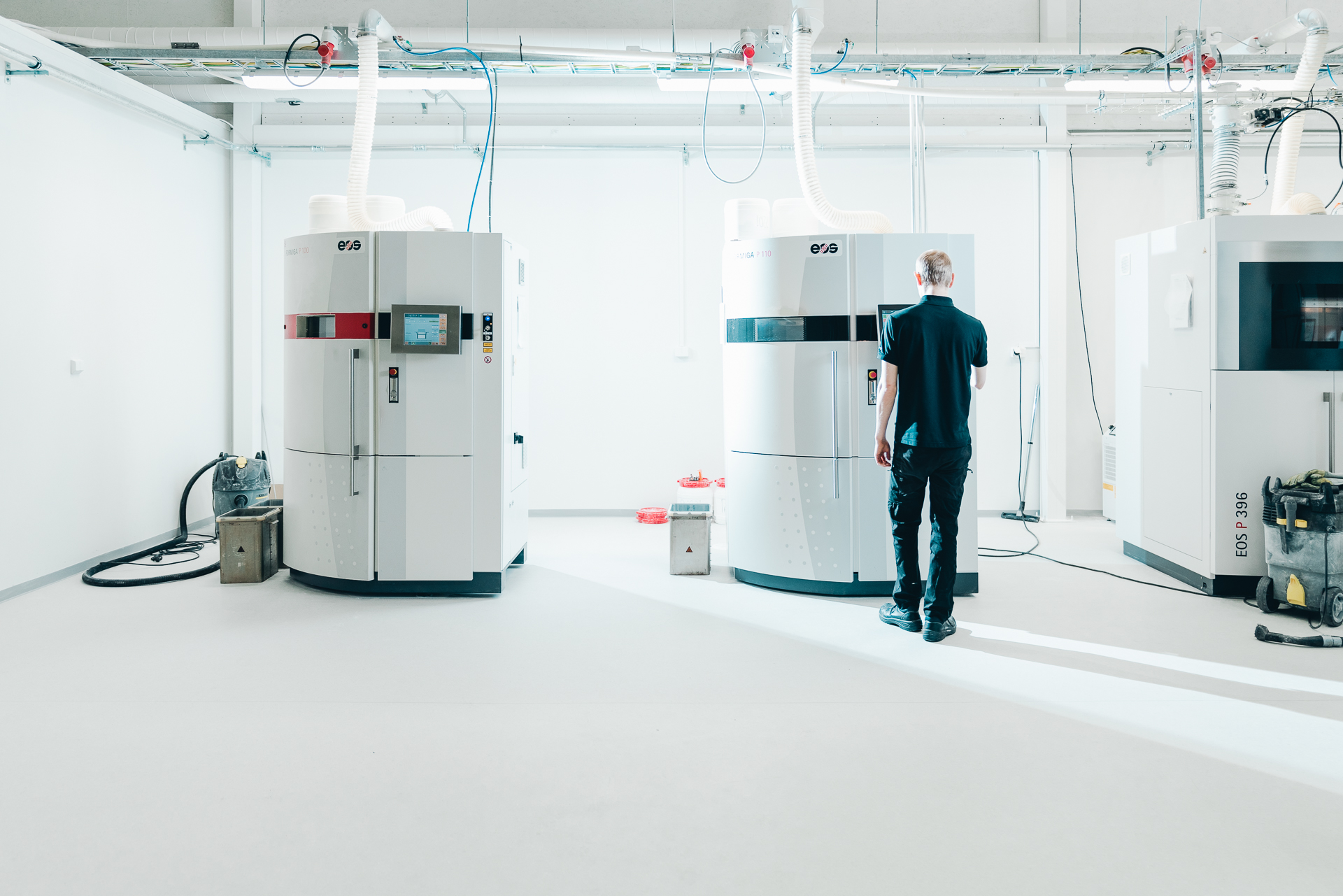3D printing plastic: answers to the most common questions
We offer high-quality, industrial-level 3D printing for the various needs of companies, whether they produce plastic or metal components. However, many companies are not aware of the opportunities 3D printing offers. Indeed, people often approach us with questions about 3D printing. In this blog, we address the most common questions about 3D printing plastics.
Is 3D printing suitable for serial production?
Many people may still consider 3D printing plastics as a way of making prototypes only. However, this view may have been true about a decade ago, but not anymore. Today, 3D printing makes it possible to produce even large batches cost-effectively. Not many people consider 3D printing as a cost-effective way to produce thousands of very small plastic components, for example. When thinking about a way to make large quantities, it is always worth calculating the price for 3D printing, as well. We can help you with that!
What types of plastic components can be 3D printed profitably?
The selective laser sintering (SLS) technology we use in 3D printing plastic allows us to make an almost limitless array of different geometrically shaped components. 3D printing thus makes it possible to create shapes and surfaces that are not even possible with traditional production methods, without increasing costs. Only the physical size and structural strength of the component impose certain limitations on the production possibilities. This means that the complexity of the component produced with 3D printing costs nothing, unlike traditional, casting-based production methods where the specific aim is to create the simplest possible design solutions.
As a rule, the smaller the pieces of plastic, the more profitable it is to make them with 3D printing. You also avoid the costs of storage.
Are 3D prints durable?
3D printed plastic components are mechanically very durable. They also tolerate different chemicals well. At 3D Formtech, we have a selection of several high-quality polyamide-based material alternatives. We help the customer choose the right material depending on the component’s intended use.
All the polyamide-based materials we use are ISO certified, high-quality, durable, and pure. They are suitable for skin contact and the needs of the food industry. Read more about the materials’ certification and specifications here.
How fast can 3D prints be delivered?
The length of the 3D printing process depends, for example, on the size of the component and the quality of the design. Considering the delivery process as a whole, however, 3D printing is generally a very swift way to make components.
After all, the 3D printing process does not require any other tools, so it is quick to activate, make the first components and start selling them. At 3D Formtech, we deliver the first models to the customer within just three days. The fact that 3D printing creates a finished end-product further accelerates the production process.
What size components can be 3D printed?
The size of the plastic components depends mainly on the printing capacity of the equipment used. The largest of our industrial-level equipment is the EOSINT P 396 which has the biggest printing capacity: 340 mm x 340 mm x 600 mm. Read more detailed information about all our 3D printers for plastic here.
Is 3D printing plastic components expensive?
In many cases, 3D printing plastic is less expensive and more sensible than casting or machining. The flexibility, speed, and low level of risk in production contribute to the cost-effectiveness of 3D printing. What’s more, 3D printing has significantly lower initial investment and storage costs, which compensate for the higher unit prices of 3D prints when compared to injection moulding, for example. With 3D printing, you can order the exact number of components you need.
—
This blog addresses questions related explicitly to industrial 3D printing. Naturally, not all 3D printers have the equivalent capabilities. If you have a question in mind that we did not answer here, please don’t hesitate to contact us. We will be happy to tell you more about the possibilities of 3D printing!
